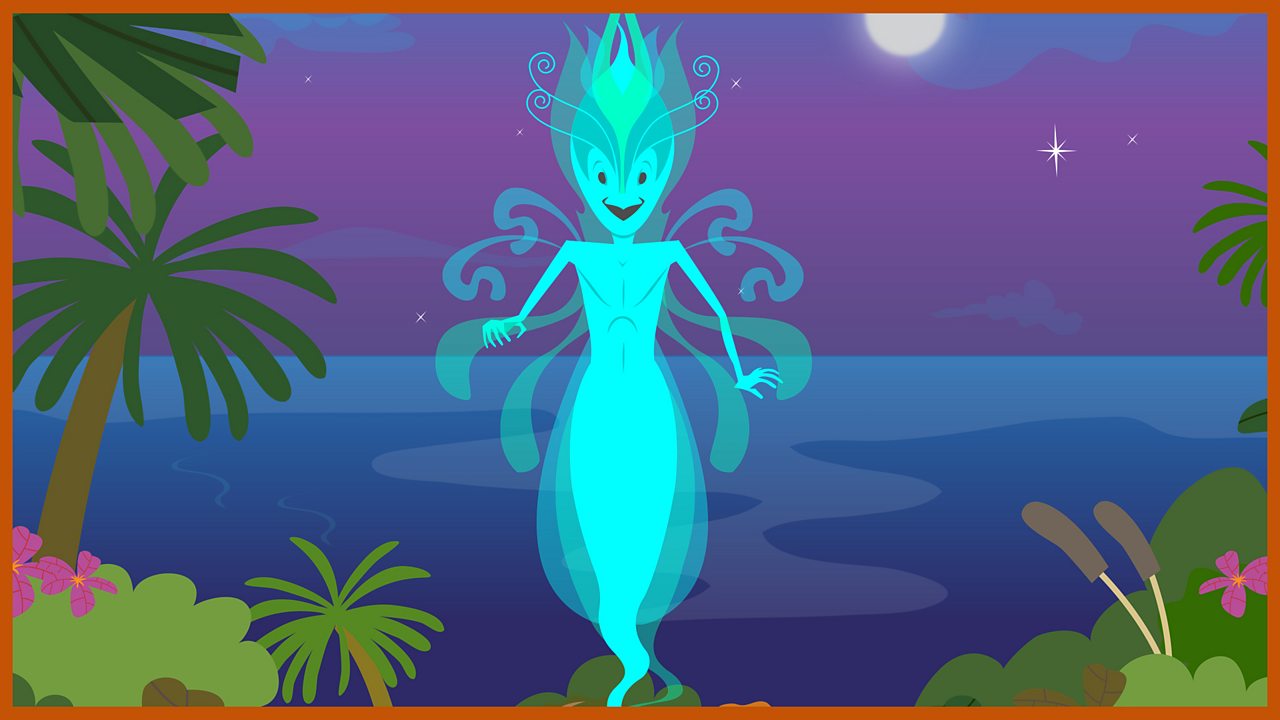

The “burthen” is believed to be a chorus of spirits who answer Ariel, and the animal noises they make disorientate Ferdinand, putting him at the mercy of Prospero. He uses this song to calm the stormy seas which has shipwrecked Ferdinand and his father’s ship, to calm Ferdinand, and to lead him further into the island. In this scene, Ariel appears as a water-nymph, invisible to everyone except for his master, Prospero. Hark, hark! The watch-dogs bark! Hark, hark! I hear The strain of strutting chanticleer Cry, Cock-a-diddle-dow." Ariel: "Come unto these yellow sands, And then take hands: Courtsied when you have and kiss'd The wild waves whist,įoot it featly here and there And, sweet sprites, the burthen bear. The following are the songs which Ariel sings throughout the play, and the magical effect they have.Ĭome Unto These Yellow Sands - Act 1 Scene 2Ĭlick to listen to Version 1 (John Woolf) or Version 2 (Guy Woolfenden) Shakespeare uses his songs to drive the play’s plot, as they make characters act in certain ways.
#Ariel the tempest professional#
Unlike Shakespeare’s professional musicians, Ariel’s songs are a fundamental part of his nature and are the manifestation of his magic. Information to help you plan your visit to Shakespeare's family homes

Prices, booking, opening times and more to help you get organisedĮnjoy seasonal activities and special events throughout the year Walk in Shakespeare's footsteps at Shakespeare's New Place Relive Shakespeare's love story at Anne Hathaway's Cottage. Visit William Shakespeare's Birthplace and explore his childhood world, right where it all began.


 0 kommentar(er)
0 kommentar(er)
